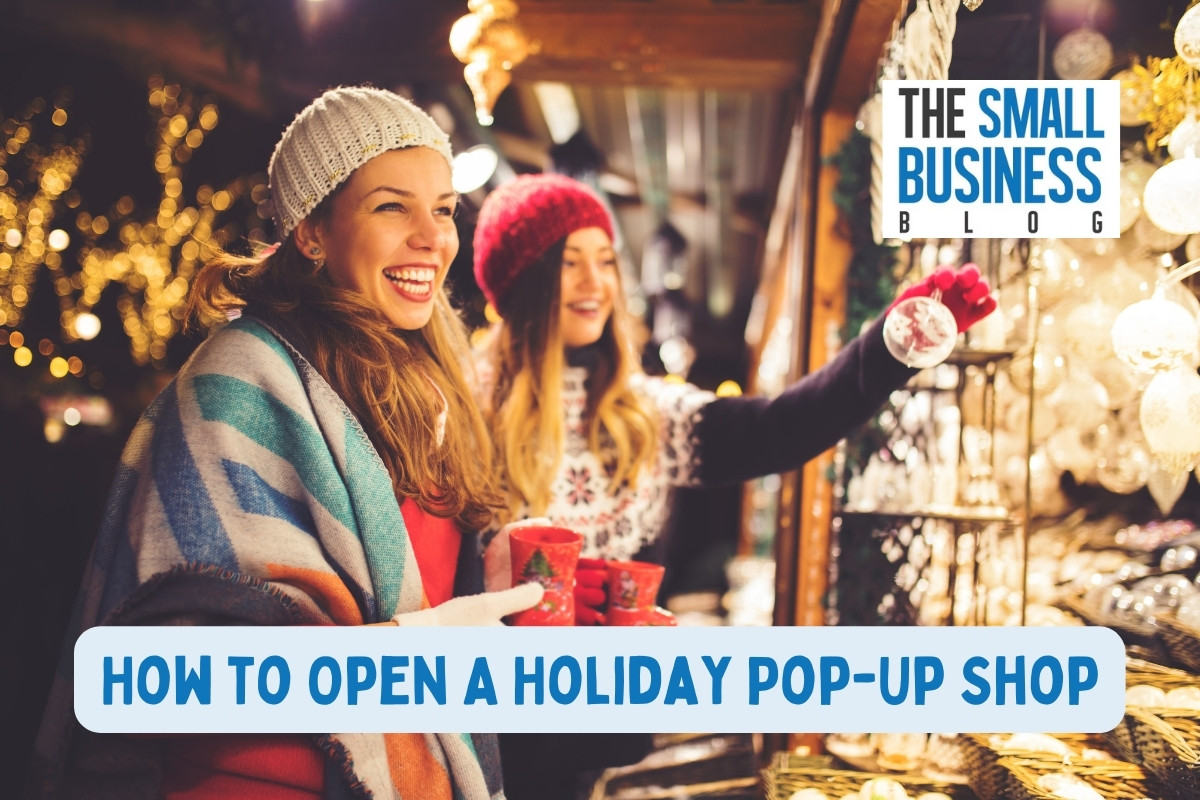The festive season has a unique charm that beckons shoppers to the streets, eager to find that perfect gift or indulge in seasonal treats.
Amidst the twinkling lights and holiday jingles, a new trend has emerged, adding a touch of novelty to the shopping experience: the holiday pop-up shop.
If you’ve ever wondered how to open a holiday pop-up shop, it’s worth noting that these temporary retail spaces, often themed and time-bound, offer a curated shopping experience that stands out from the usual retail hustle.
Post Contents
- 1 How to Open A Holiday Pop-Up Shop
- 1.1 1. Choose the Right Location
- 1.2 2. Create a Festive and Inviting Atmosphere
- 1.3 3. Stock Limited-Edition or Exclusive Products
- 1.4 4. Invest in Marketing and Promotion
- 1.5 5. Train Your Staff Effectively
- 1.6 6. Implement a Seamless Checkout Process
- 1.7 7. Monitor Inventory Closely
- 1.8 8. Gather Customer Feedback
- 1.9 9. Offer Online Integration
- 1.10 10. Collaborate with Local Artisans and Brands
- 1.11 11. Ensure Safety and Compliance
- 1.12 12. Incorporate Technology for Enhanced Experience
- 1.13 13. Focus on Sustainability
- 1.14 14. Engage with the Community
- 1.15 15. Plan for Post-Pop-Up Strategy
- 2 FAQs
- 3 Conclusion
How to Open A Holiday Pop-Up Shop
Whether it’s a brand testing the waters of brick-and-mortar retailing or an online giant wanting a physical touchpoint, the allure of the pop-up shop is undeniable, especially during the holidays.
1. Choose the Right Location
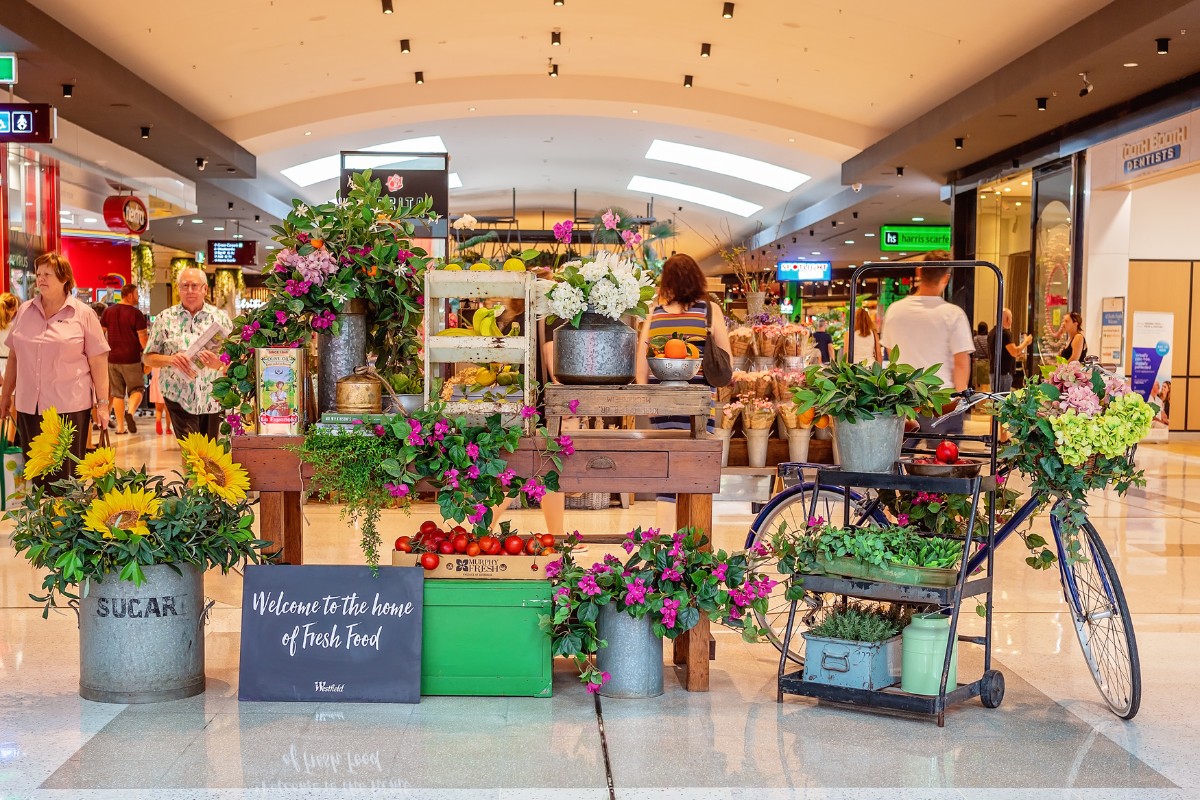
Location is paramount when setting up a holiday pop-up shop.
High foot traffic areas, such as shopping districts or malls, are ideal.
However, unconventional spaces like empty warehouses or art galleries can also be transformed into unique shopping experiences.
It’s essential to consider the demographics of the area and ensure it aligns with your target audience.
Accessibility, visibility, and safety are other crucial factors.
Remember, a great location can significantly boost sales and brand visibility.
Always negotiate the lease terms and ensure there are no hidden costs.
A short-term lease with flexibility is ideal for pop-up shops.
2. Create a Festive and Inviting Atmosphere
The ambiance of your pop-up shop can make or break the customer experience.
Given the holiday theme, it’s essential to incorporate festive decorations that resonate with the season.
However, ensure the decor aligns with your brand identity.
Interactive displays, holiday-themed music, and aromatic scents can enhance the shopping experience.
Lighting plays a crucial role; ensure the space is well-lit, highlighting key products.
Consider hosting events or workshops related to your products to draw more foot traffic.
Remember, an inviting atmosphere can encourage customers to spend more time (and money) in your shop.
3. Stock Limited-Edition or Exclusive Products
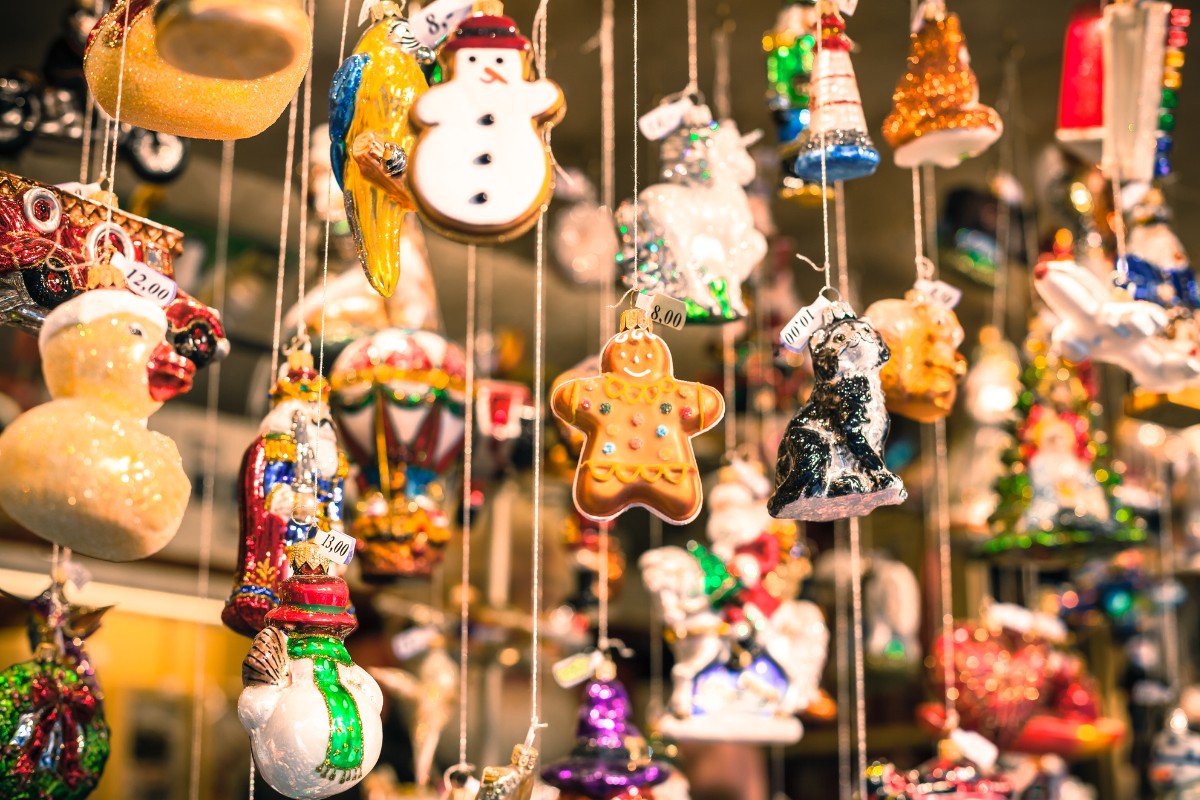
One of the main attractions of pop-up shops is the exclusivity they offer.
Consider stocking limited-edition or exclusive products that aren’t available elsewhere.
This creates a sense of urgency and can drive sales.
Collaborate with local artisans or brands to offer unique products.
Ensure there’s a mix of price points to cater to a broader audience.
Highlight these exclusive products through signage and displays.
Offering bundled products or holiday gift sets can also entice customers.
Remember, exclusivity can create buzz and make your pop-up shop a must-visit destination.
4. Invest in Marketing and Promotion
Even the most beautifully designed pop-up shop can fail without the right marketing.
Utilize social media platforms to create buzz before the launch.
Engage with local influencers or bloggers to promote the shop.
Consider offering early-bird discounts or exclusive previews to loyal customers.
Collaborate with neighboring businesses for cross-promotion.
Utilize local media, both print and digital, for advertisements.
Hosting a launch event with refreshments or live music can draw a crowd.
Remember, the goal is to create anticipation and ensure a steady flow of customers throughout the pop-up’s duration.
5. Train Your Staff Effectively
The staff you employ for your holiday pop-up shop can significantly influence the customer experience.
It’s essential to hire individuals who are not only knowledgeable about the products but also embody the brand’s ethos.
Training sessions should be conducted to ensure they understand the brand’s story, the unique selling points of the products, and the overall objectives of the pop-up.
Role-playing scenarios can help them handle customer queries effectively.
Remember, enthusiastic and well-informed staff can drive sales and leave a lasting impression on customers.
Regular feedback sessions can help address any challenges and ensure smooth operations.
6. Implement a Seamless Checkout Process
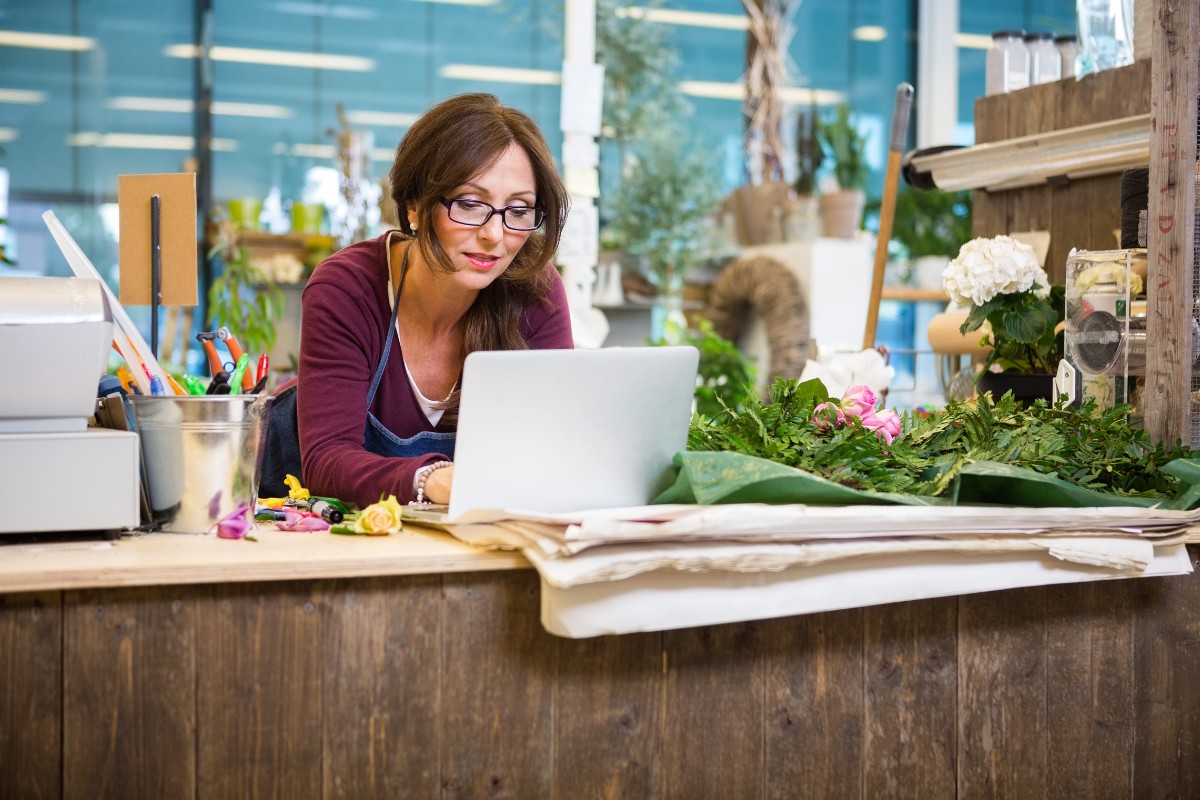
In today’s fast-paced world, customers appreciate a quick and hassle-free checkout process.
Consider investing in mobile point-of-sale systems to facilitate easy payments.
Ensure there are multiple payment options available, including digital wallets and contactless payments.
It’s also essential to have a system in place for returns or exchanges.
Offering gift wrapping services or personalized packaging can add a festive touch.
Remember, a smooth checkout experience can enhance customer satisfaction and encourage repeat visits.
7. Monitor Inventory Closely
Given the temporary nature of pop-up shops, inventory management becomes crucial.
It’s essential to strike a balance to avoid overstocking or running out of popular products.
Implement an efficient inventory tracking system to monitor sales and stock levels in real-time.
Regularly review sales data to identify best-selling products and adjust stock levels accordingly.
Collaborate closely with suppliers to ensure timely restocking if needed.
Remember, effective inventory management can maximize sales and minimize losses.
8. Gather Customer Feedback
Customer feedback is invaluable for any business, more so for pop-up shops.
Consider setting up a feedback station within the shop or conducting short surveys.
Engage with customers on social media platforms to gather insights.
This feedback can provide insights into product preferences, pricing strategies, and overall shopping experience.
It can also guide future pop-up endeavors or even permanent retail strategies.
Remember, listening to your customers can offer a competitive edge and foster brand loyalty.
9. Offer Online Integration
In the age of digital shopping, integrating your pop-up shop with an online platform can be beneficial.
Consider offering a ‘click and collect’ service where customers can order online and pick up from the pop-up.
Promote your online store within the pop-up to drive traffic.
QR codes can be used to direct customers to specific product pages or online promotions.
Remember, a seamless integration between offline and online shopping can enhance the customer experience and boost sales.
10. Collaborate with Local Artisans and Brands

Pop-up shops offer a unique opportunity to showcase local talent.
Collaborating with local artisans and brands can provide a diverse range of products that resonate with the community.
These collaborations can be in the form of exclusive products, co-hosted events, or even shared spaces.
Local collaborations can also enhance the shop’s authenticity and draw a loyal customer base.
It’s a win-win, as local brands get a platform to showcase their products, and the pop-up shop offers something unique.
Furthermore, stories of local artisans can be used in marketing campaigns, adding a personal touch.
Remember, community engagement can set your pop-up shop apart and foster local connections.
11. Ensure Safety and Compliance
Given the temporary nature of pop-up shops, it’s easy to overlook safety and compliance.
However, ensuring the safety of both customers and staff is paramount.
This includes fire safety, crowd management, and adherence to local regulations.
It’s essential to familiarize oneself with local bylaws and obtain necessary permits.
Regular safety checks and drills can ensure preparedness in case of emergencies.
Additionally, COVID-19 safety protocols, like sanitization and social distancing, should be implemented.
Remember, a safe shopping environment enhances customer trust and ensures smooth operations.
12. Incorporate Technology for Enhanced Experience
Incorporating technology can elevate the shopping experience in your pop-up shop.
This includes virtual try-ons, augmented reality displays, or interactive touchpoints.
For instance, a fashion pop-up shop can have virtual mirrors where customers can try outfits without physically changing.
Similarly, tech gadgets can be showcased through AR, allowing customers to explore features interactively.
Integrating technology not only enhances customer engagement but also offers insights into customer preferences through data analytics.
Remember, in today’s digital age, blending physical and digital experiences can set your pop-up shop apart.
13. Focus on Sustainability
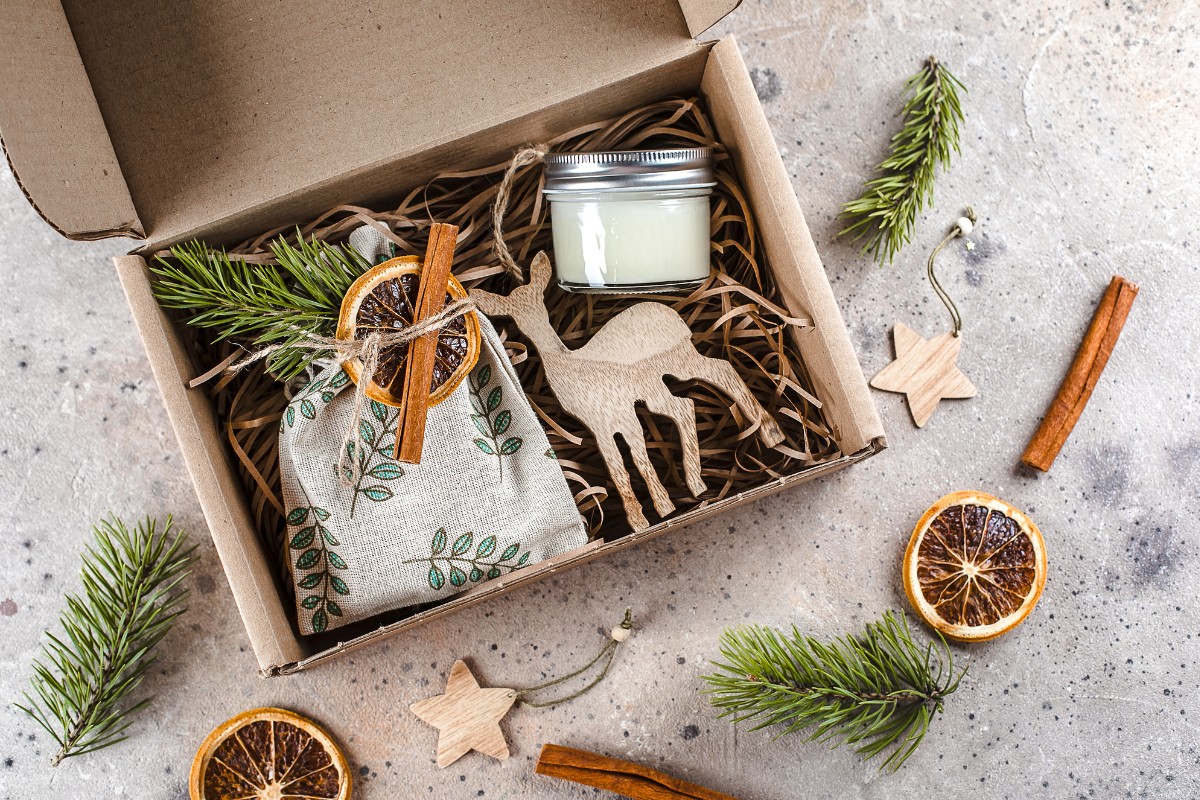
In an era where sustainability is at the forefront of consumer minds, ensuring your pop-up shop aligns with eco-friendly practices can be a game-changer.
Source products that are ethically made or have a reduced carbon footprint.
Consider using recycled or biodegradable packaging and minimize single-use plastics.
Promote the sustainability aspect in your marketing campaigns to attract a conscious clientele.
Collaborate with eco-friendly brands or local artisans who share the same ethos.
Remember, a sustainable approach not only benefits the environment but can also enhance brand image and customer loyalty.
14. Engage with the Community
Building a sense of community around your pop-up shop can foster loyalty and repeat visits.
Host events, workshops, or community gatherings that resonate with the holiday spirit.
Collaborate with local musicians for live performances or local chefs for cooking demonstrations.
Engaging with local charities or causes can also add a philanthropic angle to your shop.
Encourage customers to share their experiences on social media, creating a buzz around your pop-up.
Remember, fostering community ties can differentiate your pop-up shop and create lasting memories for your customers.
15. Plan for Post-Pop-Up Strategy

While the primary focus is on the pop-up shop’s duration,
it’s essential to have a strategy for after it concludes.
This includes managing leftover inventory, analyzing sales data, and gathering insights for future endeavors.
Consider offering post-pop-up sales online or collaborating with local retailers for stock clearance.
Engage with your customer base through email marketing, sharing updates about future pop-ups or online sales.
Collect feedback to understand what worked and areas of improvement.
Remember, the end of a pop-up shop is just the beginning of analyzing its success and planning for future ventures.
FAQs
How long should a holiday pop-up shop typically last?
A holiday pop-up shop’s duration can vary based on the brand’s objectives and the location’s lease terms.
However, most pop-up shops last anywhere from a weekend to several weeks, aligning with the peak holiday shopping season.
What are the initial costs associated with setting up a pop-up shop?
The costs can vary widely based on the location, size, and design of the shop.
Expenses to consider include lease or rental fees, design and decor, inventory, staff wages, marketing, and any required permits or licenses.
How can brands measure the success of their pop-up shop?
Success can be measured through various metrics, including sales data, foot traffic, customer feedback, and social media engagement.
Additionally, gathering insights on brand awareness, customer loyalty, and inventory turnover can provide a comprehensive view of the pop-up shop’s impact.
Conclusion
The concept of a holiday pop-up shop has revolutionized the retail landscape, offering brands a unique platform to engage with customers in a more intimate and curated environment.
How to open a holiday pop-up shop has become a pertinent question for many retailers.
These temporary retail spaces, brimming with festive charm, not only provide an exclusive shopping experience but also allow brands to test the waters, gather feedback, and create lasting impressions.
As the holiday season approaches, the allure of pop-up shops becomes even more pronounced.
From choosing the perfect location to integrating technology for an enhanced shopping experience, the journey of setting up a successful pop-up shop is both exciting and challenging.
With the right strategies in place, these shops can become the highlight of the holiday shopping season, creating memories and driving sales.







